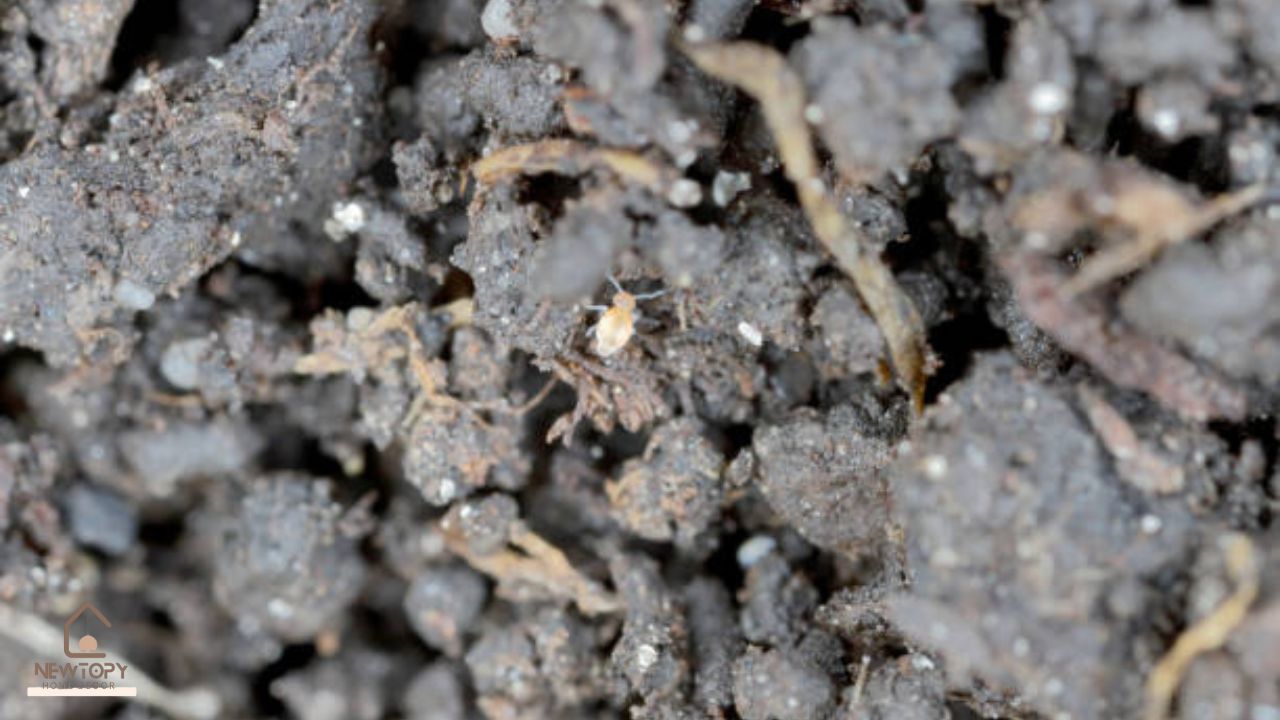When it comes to understanding tiny pests that affect your plants, the battle of soil mites vs spider mites can be confusing. Both are common and often mistaken for one another, but they have very different impacts on your garden or indoor plants. This detailed guide will explore their key differences, identifying features, and effective management strategies to protect your precious greenery.
Key Differences Between Soil Mites and Spider Mites
To help you quickly understand these pests, here’s a summary table of their key characteristics:
| Feature | Soil Mites | Spider Mites |
|---|---|---|
| Habitat | Found in soil and decaying organic matter. | Found on plant leaves and stems. |
| Diet | Feed on decomposing organic matter, fungi, and bacteria. | Feed on plant sap by piercing the leaves. |
| Size | Tiny (0.2–0.4 mm), hard to see with the naked eye. | Extremely small (0.4 mm), but groups are visible. |
| Appearance | White, brown, or translucent bodies resembling dots. | Red, yellow, or green bodies, often with two dark spots. |
| Impact on Plants | Generally harmless and beneficial, aiding in soil health. | Harmful, causing discolouration, leaf damage, and plant stress. |
What Exactly Are Soil Mites?

Characteristics of Soil Mites
- Soil mites are arachnids and belong to the same group as ticks.
- They thrive in moist, nutrient-rich soil, breaking down organic matter.
- These microscopic creatures are essential to the decomposition process, recycling nutrients back into the soil.
Are Soil Mites Harmful?
Not usually! Soil mites play a vital role in maintaining soil health, as they:
- Improve nutrient cycling.
- Contribute to the soil’s natural ecosystem.
- Typically avoid contact with living plants.
However, an overpopulation in pots or houseplants may lead to concerns about hygiene.
How to Manage Soil Mites
While soil mites are beneficial, you might want to control their numbers indoors if their population explodes:
- Cleaning: Remove fallen leaves or organic debris.
- Drying Out Soil: Keep the soil less moist to reduce their habitat.
- Repotting Plants: Change the soil occasionally to limit mites.
- Natural Predators: Introduce predatory mites, which won’t harm plants but will control the soil mite population.
What About Spider Mites?

Characteristics of Spider Mites
Unlike soil mites, spider mites are genuine plant pests. They:
- Belong to the family of arachnids.
- Form colonies on the undersides of plant leaves.
- Spin fine silk webs to protect themselves from predators.
How to Spot Spider Mite Infestations
Spider mites are tiny, but their damage is noticeable:
- Yellow or Brown Spots: Damage shows as speckled, discoloured leaves.
- Wilting Plants: Spider mites drain sap, weakening the plant.
- Fine Webbing: This webbing can often indicate a severe infestation.
Why Are Spider Mites Harmful?
Spider mites feed directly on plants, making them destructive in several ways:
- Growth Interruption: The plant struggles due to loss of sap and nutrients.
- Spread of Infestation: Left untreated, they quickly colonise surrounding plants.
- Permanent Damage: Some infestations can be fatal, especially to fragile houseplants.
Effective Ways to Fight Spider Mites
Spider mites can be challenging to tackle due to their reproductive speed. Consider these strategies:
- Spray Water: A strong jet of water can knock mites off leaves.
- Neem Oil Application: This natural oil is harmless to plants but disrupts the mites’ behaviour.
- Predatory Mites: You can purchase predators like Phytoseiulus persimilis, which feed on spider mites.
- Chemical Miticides: For severe infestations, use a plant-safe acaricide spray.
Real user review from house plant enthusiasts:
“I was concerned when my houseplants started yellowing. A quick rinse and neem oil application wiped the spider mites out, and my plants are flourishing again!”
Managing Mites on House Plants
Indoor plants can be particularly vulnerable to both soil and spider mites due to controlled environments that favour mite growth. Here are some care tips:
- Regular Inspections: Check leaves and soil for signs of mites at least once a week.
- Proper Watering: Overwatering can encourage soil mites, while dry conditions lead to spider mite infestations.
- Remove Plant Debris: Organic matter in pots can attract mites.
- Quarantine New Plants: Keep new plants separate until you’re sure they’re pest-free.
Consumer feedback based on trial and error:
“After adopting a strict quarantine process for new plants, I’ve managed to avoid spider mites altogether. It’s a game-changer!”
FAQs
Are soil mites visible to the naked eye?
Not really. Soil mites are tiny, measuring 0.2–0.4 mm, and may appear as moving dots if you observe closely.
Can spider mites harm humans?
No, spider mites do not bite humans or pets; they exclusively feed on plant sap.
How can I prevent spider mites on outdoor plants?
- Ensure good air circulation around plants.
- Avoid dry, dusty conditions.
- Spray plants with water occasionally to deter mites.
What’s the best way to distinguish soil mites vs spider mites?
Look at their habitat and impact:
- Soil mites dwell in soil and help decomposition.
- Spider mites inhabit plant leaves and cause visible damage.
Admin Recommended
Garden Tips for Decoradhouse: Transform Your Outdoor Space
Garden Tips for Decoradhouse: Transform Your Outdoor Space
Discover the Elegance of Luxury Villas in Italy with Le Collectionist
KDArchitects Landscape Ideas by Roger Morph
















